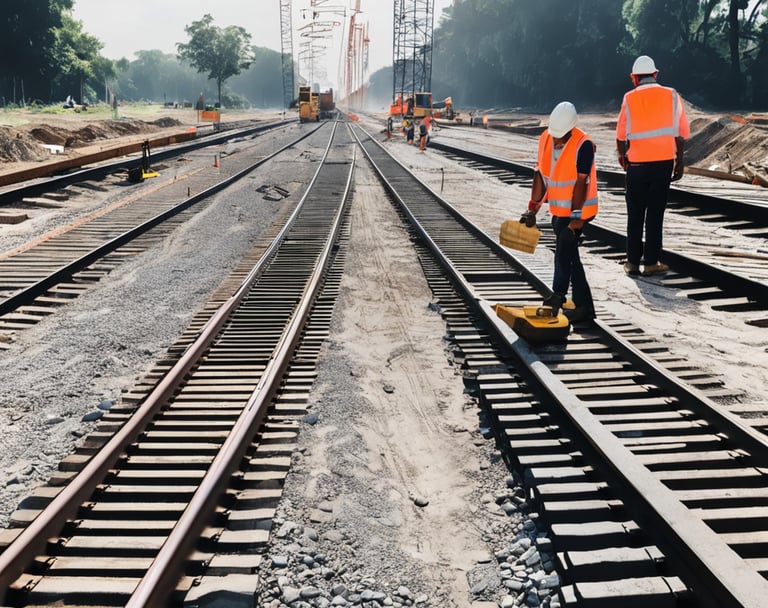development plan for Rail Baltica section from Kaunas to the Polish border
Source: rail baltica
6/21/20241 min read


On Wednesday, the Lithuanian government approved the infrastructure development plan for the Rail Baltica section from Jiesia (Kaunas) to the Polish border and initiated land acquisition procedures for public needs. The link to Poland is a critical component of the project, with high-speed trains set to travel towards Poland on the newly constructed railway. Lithuanian Minister of Transport and Communications, Marius Skuodis, emphasized that this modern infrastructure will provide a high-standard rail connection to Western Europe, which is crucial for the region's economic growth and national security, especially in the current geopolitical climate.
The Rail Baltica high-speed rail line is expected to significantly reduce travel time from Kaunas to Poland. Vytis Žalimas, CEO of LTG Infra, noted that the approval of the special plan will facilitate the construction of a double-track railway, ensuring higher transport capacity and efficiency in the long term. This new double-track European railway will be built following the so-called Alternative 6A, approved in 2022 after extensive public consultations. This route is the shortest and most distanced from urban areas, starting from Jiesia station and bypassing Marijampolė and Kalvarija while moving away from Kazlų Rūda.
The railway line will be constructed in new areas, with certain sections utilizing existing European railway infrastructure where technically feasible. This existing infrastructure will continue to serve regional passenger services and military mobility, with current freight trains running between Kaunas Intermodal Terminal and Western Europe. Approximately 115 new structures, including tunnels, bridges, viaducts, animal crossings, and culverts, are planned along the route from Kaunas to the Lithuanian-Polish border.

